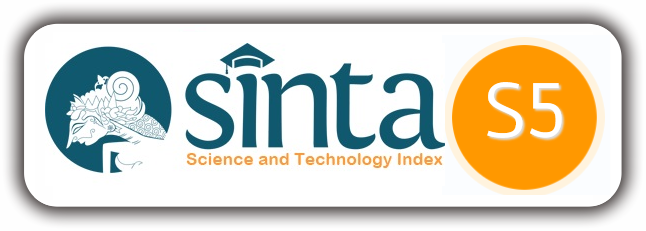Analysis of Supporting and Inhibiting Factors for the Implementation of Digital Transformation on the Potential for Improving the Work Ethic of the Fakfak Regency Community
DOI:
https://doi.org/10.56442/rttm.v2i2.57Keywords:
Digitalization, Cultural Customs, Behavior and Work EthicAbstract
The implementation of digital transformation has a positive impact on improving people's economic work ethic to be more productive. Empirical facts show that there are still many things that have not been able to be followed by people's behavior to be encouraged to be more productive because there is still an unwise use of information technology. The research aims to find out the factors that are the drivers and hinders in the implementation of digital transformation in society. The research was carried out during September – December 2023. Descriptive research method with a combination of quantitative and qualitative analysis approaches. Data was obtained through a direct survey of respondents who had been deliberately determined. The data obtained are given a weight value based on the assessment indicators obtained from the results of the preliminary research. The validity and reliability of the data were tested gradually and in a structured manner using the triangulation and role sharing approaches. The results of the study are presented in the form of a spider web diagram equipped with illustrations of shift share gap values, Ishikawa diagrams, Pearson correlation analysis, and regression equation models obtained from the SPSS statistical device version 2.3.
Downloads
Published
How to Cite
Issue
Section
License

This work is licensed under a Creative Commons Attribution-NonCommercial-ShareAlike 4.0 International License.














